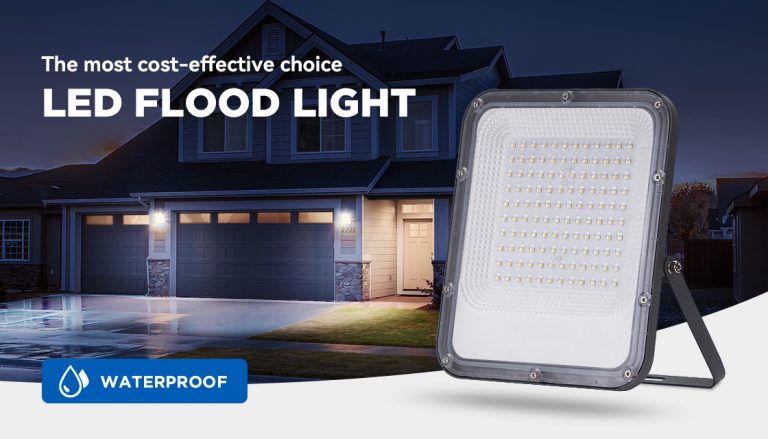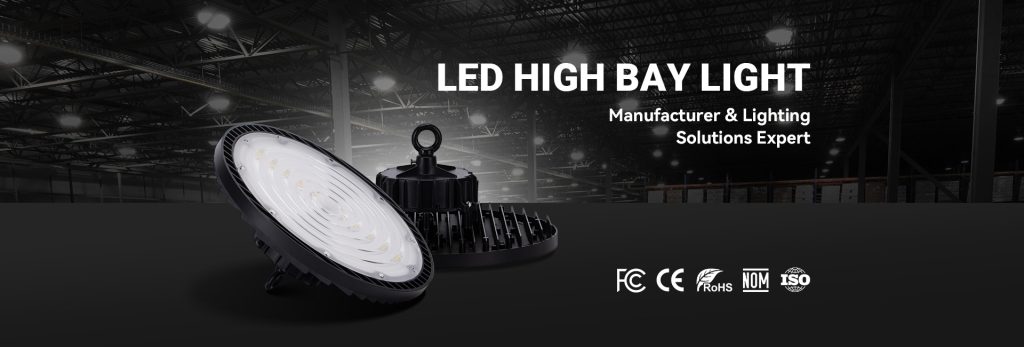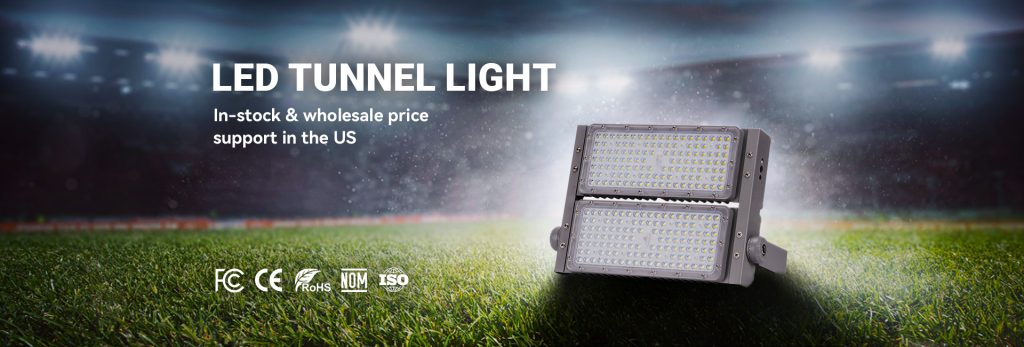Differences and advantages of linear scheme, DOB scheme and driving scheme in lighting industry
With the continuous progress and development of science and technology, the lighting industry is also constantly pursuing more efficient and more environmentally friendly solutions. In the lighting industry, linear scheme, DOB scheme and driving scheme are three commonly used lighting solutions. This article will introduce the differences and advantages of these three solutions respectively.
- Linear scheme
The linear scheme is a traditional power supply method. It uses components such as inductors and capacitors to limit the current, control the current and voltage, and ensure the stable operation of the LED lamp. The linear scheme is more suitable for low-power, small LED lamps.
(Products Recommended:FL-YH Series LED Flood Light)

The Linear scheme has the following advantages:
High Efficiency: The linear driver can convert the current and voltage of the power supply to exactly meet the needs of the LED lamp, thereby maximizing energy efficiency.
Stability: The linear driver can ensure stable current and voltage output, so that the lamp can maintain stable brightness and power.
Noiseless: Since the linear driver does not require the use of switched capacitors, the luminaires in the linear solution have no electromagnetic noise and no flickering problems.
Disadvantages:
Linear schemes have limited flexibility because they cannot provide high voltage or high current outputs.
- DOB scheme
The DOB (Driver on Board) solution is a new power supply method, which integrates the LED drive circuit on the LED lamp bead, realizing the integration of the lamp bead and the driver. The DOB solution is suitable for medium power and high brightness LED lights.
The DOB scheme has the following advantages:
Simple: The circuit structure of the DOB scheme is simple and easy to implement.
Low cost: Due to the simple circuit structure of the DOB scheme, the production cost is relatively low.
High reliability: The DOB scheme does not require additional components, so its circuit structure is relatively stable and its reliability is high.
Disadvantages:
Repair and maintenance of DOB schemes can be more difficult because the driver circuit is integrated on the LED assembly, and they can also be more expensive than linear schemes because they require more advanced technology to manufacture.
- Drive scheme
The drive scheme is an external drive circuit, which converts AC power to DC, controls the current and voltage of the LED lamp, and ensures the normal operation of the LED lamp. The driving scheme is suitable for high power and large LED lamps.
(Products Recommended: TN02Series LED Flood Light or U920 Series LED High Bay Light)


The drive scheme has the following advantages:
Flexible: The LED driver can adjust the current and voltage according to the needs, so as to realize the needs of lamps with different brightness and power.
Strong controllability: LED drivers can realize remote control and intelligent control of lamps.
Energy saving and environmental protection: Due to the high efficiency of the LED driver, it can save energy consumption to the greatest extent and reduce environmental pollution at the same time.
Disadvantages:
Drive solutions typically require more electronic components and are therefore more expensive than other solutions, they may also require more physical space to house their components.
To sum up, the linear scheme, DOB scheme and driving scheme are all common solutions in the lighting industry, and they each have their own advantages and characteristics.
When selecting lamps, not only the power supply scheme of the lamps, but also the usage scenarios, power requirements, reliability requirements and other factors of the lamps should be considered.
For example, for lamps that require remote control and intelligence, the drive scheme may be more suitable; for lamps that require energy saving and environmental protection, you should choose a high-efficiency, low-power solution.
Considering these factors comprehensively, choosing the appropriate lighting solution can maximize the efficacy and performance of the lighting, and at the same time meet people’s needs for environmental protection, high efficiency, and safety.
